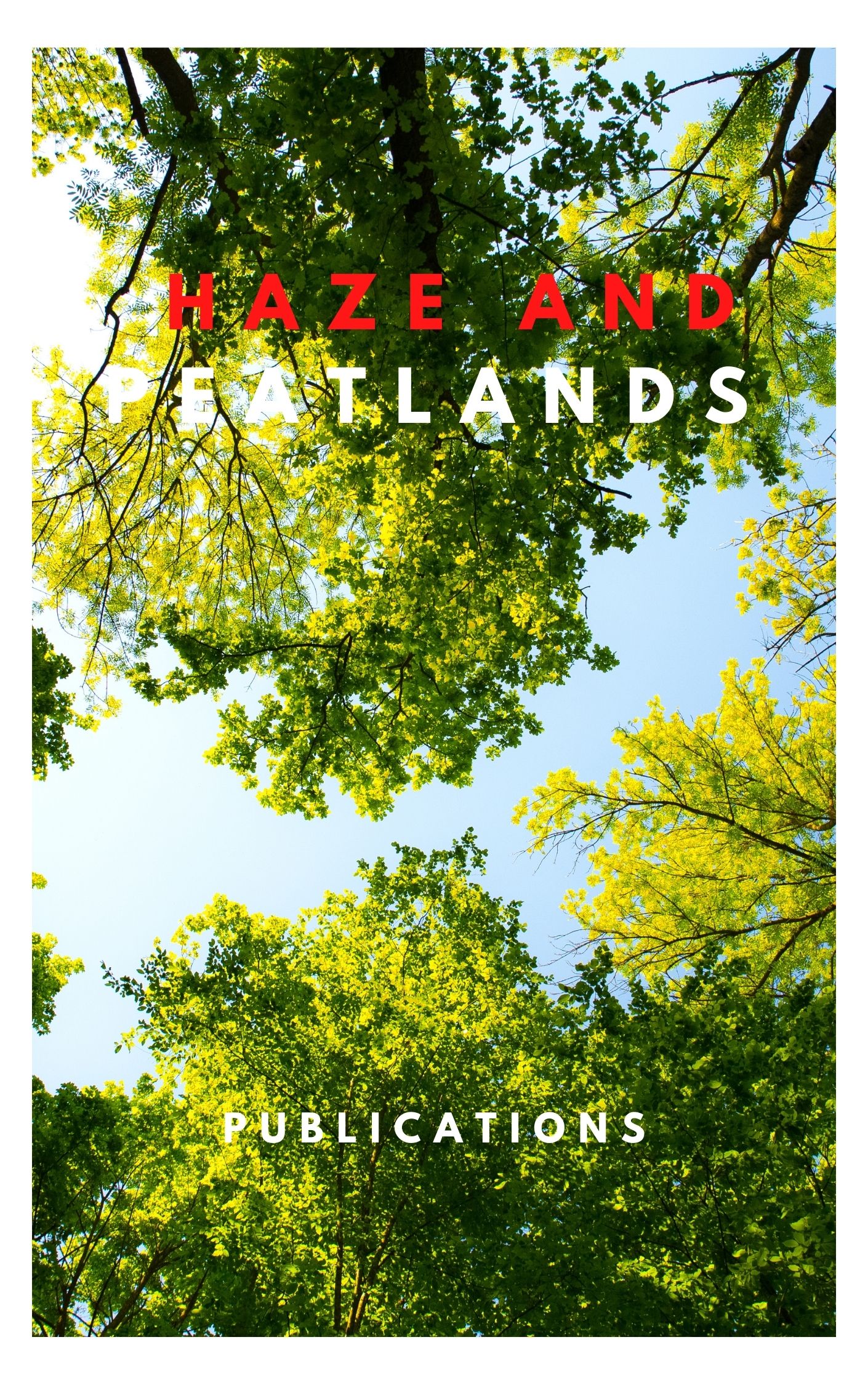Human induced land use change and associated fire alter profoundly the hydrology of tropical peatlands and thus affect the functioning of entire river catchments. The hydrological model SIMGRO was used to calculate the effects of drainage on peat water levels, peat surface morphology and river flows within the Air Hitam Laut catchment in Jambi Province, Sumatra, Indonesia. Model outcomes were calibrated and validated using groundwater levels monitored at several sites, discharges measured in the Air Hitam Laut River and flooding patterns derived from remotely sensed Radar images. The validated model was used to predict consequences of three possible scenarios: (i) expansion of oil palm plantations upstream, (ii) expansion of agriculture downstream and (iii) continuing fire damage. Oil palm plantation development results in changes to the drainage pattern of the catchment and reduces its natural extent. Lowered river discharge will have a detrimental affect upon the sustainability of Berbak National Park in the centre of the catchment and reduce prospects for agriculture and fisheries in the coastal zone. Expansion of agriculture downstream causes peat subsidence, resulting in exposure of underlying, acid sulphate soils and intrusion of saline sea water. Continuing fires will increase considerably the area of permanently flooded land and thus constrain peatland restoration options. For peatland restoration to be successful hydrological management must be accompanied by economic measures to improve the livelihoods of local people and by effective law enforcement. © 2006 Taylor and Francis Group, LLC.
View source

